The All-knowing Artifact
About the project
The aim of this project is to build an ancient relic that looks the part, but is delightfully useless. We're thinking of an all knowing stat
Project info
Difficulty: Moderate
Platforms: Google, Raspberry Pi
Estimated time: 2 days
License: Creative Commons Attribution-NonCommercial CC BY-NC version 4.0 or later (CC BY-NC 4+)
Items used in this project
Hand tools and fabrication machines
Story
Every great artifact was made by an even greater civilization, and after some searching we found this Moai statue model made by Julien_DaCosta, the perfect start!
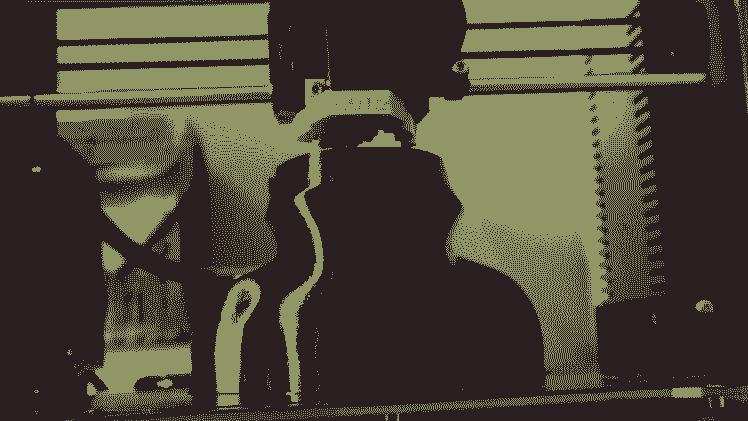

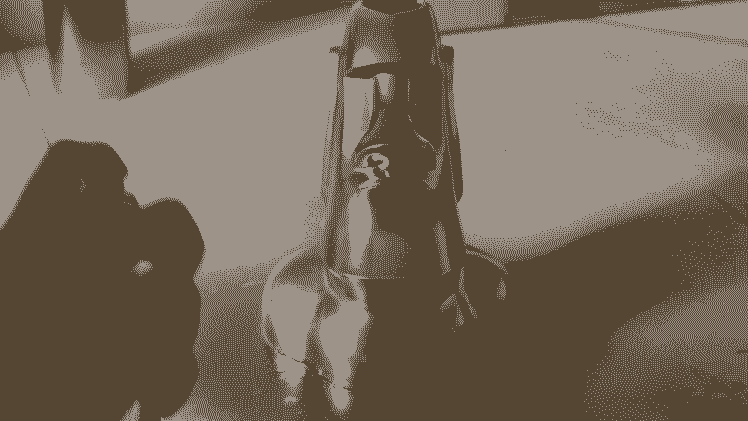
First, we 3D printed the model, after which we started sanding. With a couple of new found arm muscles, we applied the primer and final colour. To achieve the right look and feel we used the colour 'Bronze Antique Gold', how classy!

Our print had a little mishap, a hole in the head, so we hid it by gluing some fake leaves to the inside. The result is a good looking antique, with an imposing leaf crown.
Box
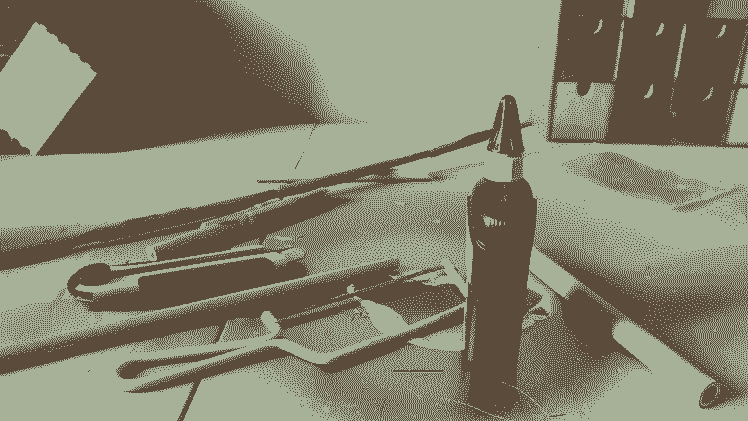
Our relic needs a fitting throne. To build it, we used a pile of bamboo left over from some yard work.
The first step is to determine the size, after which we can saw the bamboo to the desired lengths and glue it all together.

With the four walls and bottom firmly attached, the last part is cutting some more bamboo and laying it on top, we now have a box and lid!
To be honest, this was a lot of trial and error, combined with a small mountain of glue. Any box will do as long as the electronics fit.
Electronics
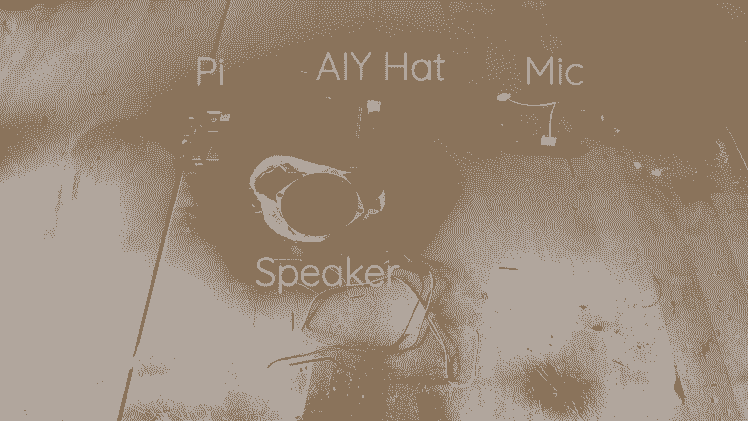
As for the electronics, we used a Raspberry Pi and a Google AIY kit.
To not reinvent the wheel, here is a tutorial for the Raspberry Pi and this will help with the AIY kit.
A short and snazzy step, just how we like it.
Dataflow
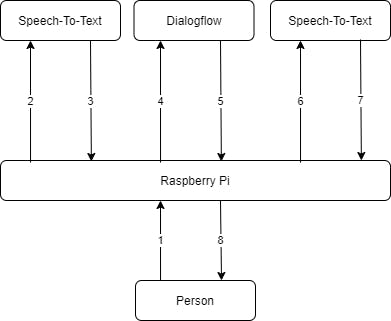
Last but not least, we need to write some code. No worries, it's added the this tutorial.Here is an overview of how the full project works:
1The microphone picks up someone speaking and records the audio.
2-3Using some Google magic (Speech-To-Text) we extract the text from the audio.
4-5This text is sent to our chatbot (Dialogflow) and is matched with an intent, after which one of the possible answers is sent back to the Raspberry Pi.
6-7Using Text-To-Speech, the text is converted to audio.
8This audio is played back to the person via the speaker.
Result!
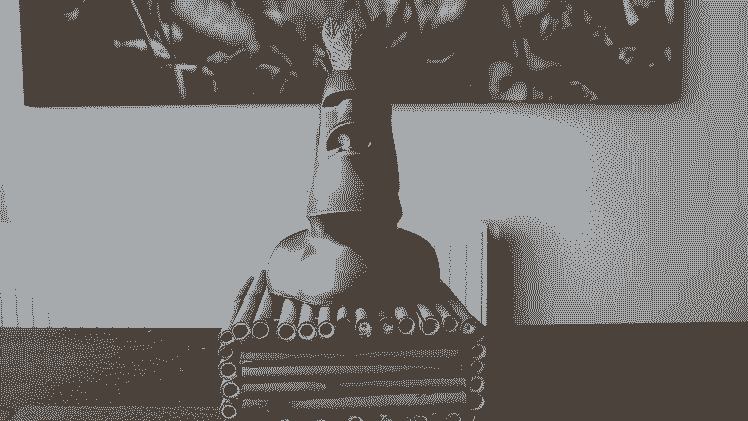
With all the hard work done, we can look back and question our life choices.We did however succeed in building a neat looking artifact, that is about as useful as a glass hammer.
To give some context to the pictures, the conversation with the artifact went something like this:

Question: "What is the meaning of life?"
Answer: "Please specify 'meaning' and 'life'."

Question:"Am I a good person?"
Answer:"Depends on your definition of 'good'."

Question: "You are useless, aren't you?!"
Answer: "I'm as useful as you are, so you decide."

Question: "Can you make a cheesy movie reference?
Answer: "42"
What a time to be alive...
Schematics, diagrams and documents
CAD, enclosures and custom parts
Code
Credits

8BitsAndAByte
We’re Dane & Nicole, two makers that create tremendously terrible tech, which we happily share with you on our channel! https://www.youtube.com/c/8bitsandabyte







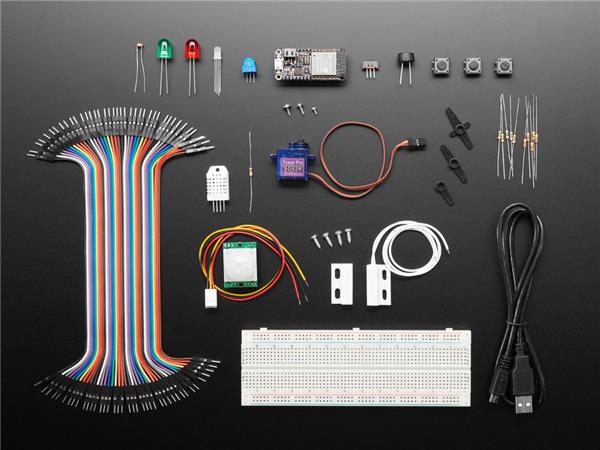
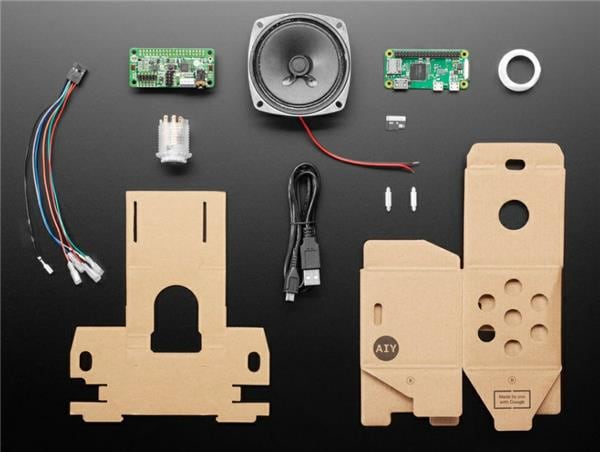
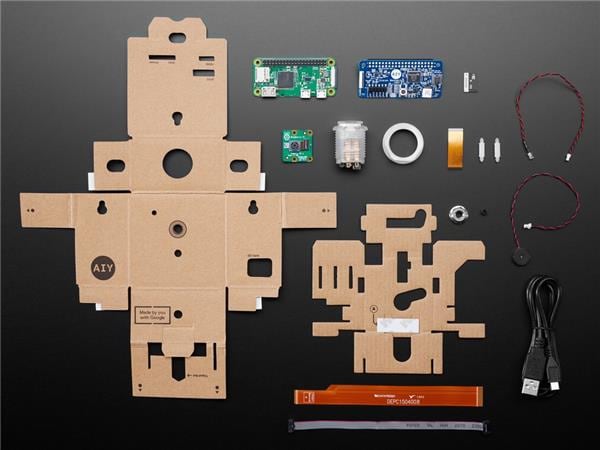
Leave your feedback...